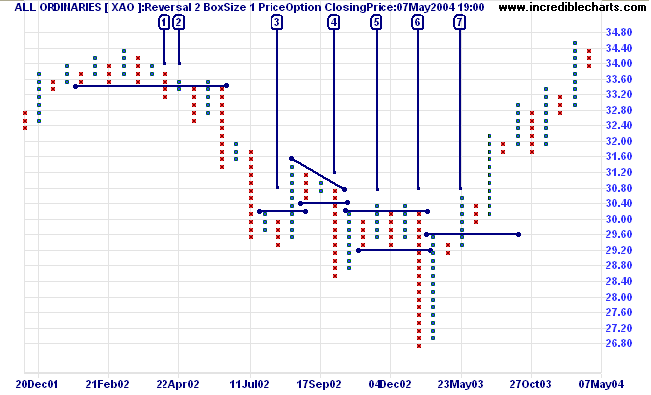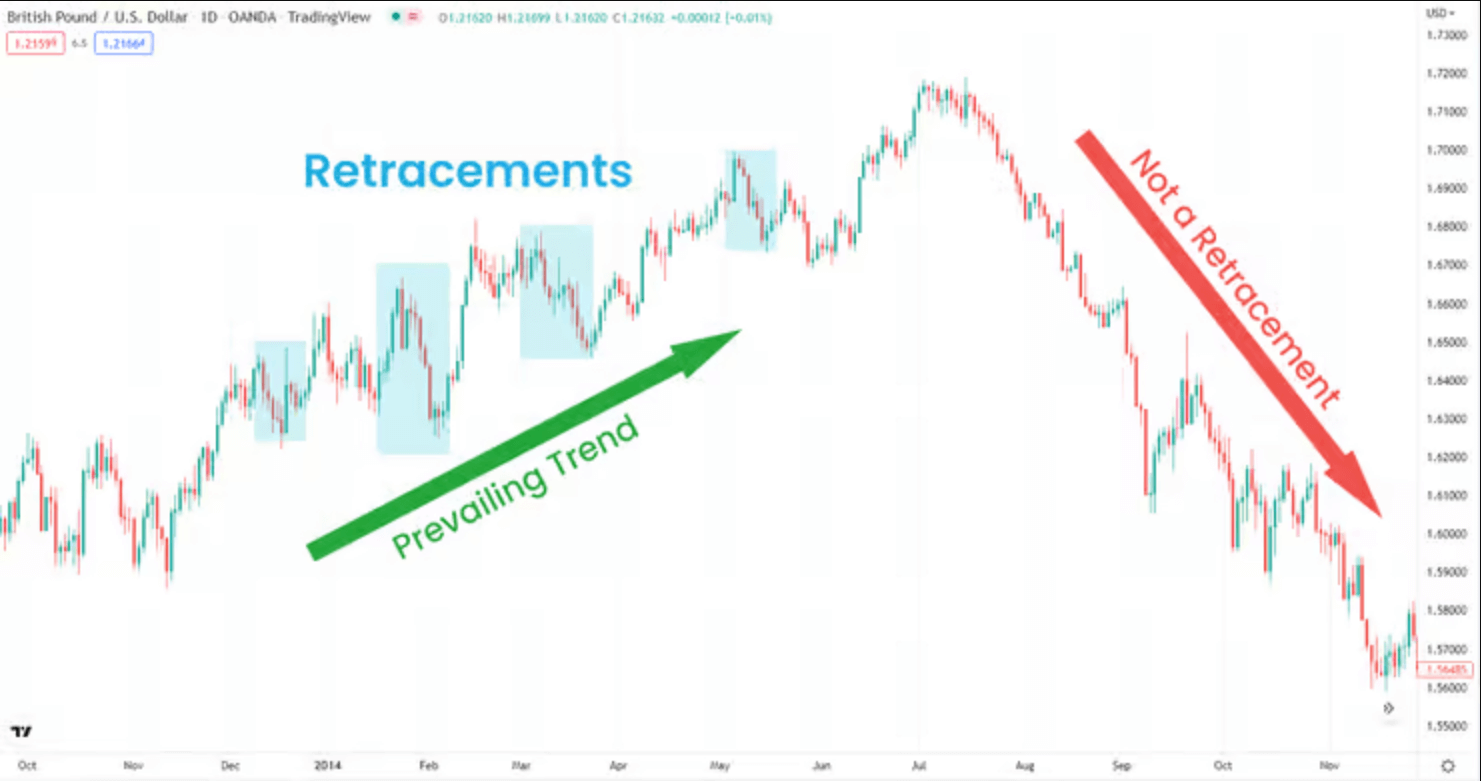Trend Line: a sloping line of support and
resistance
Uptrend Line: straight line drawn upward to
the right
along successive reactions low.
Down Trend Line: straight line drawn downwards
to the right along daily successive picks.
Two points are needed to draw the trend line, and the
third point to make it valid trend line. Trend line
is used in many ways by traders. One way is that
when price returns to an existing principle trend
line' it may be opportunity to open new position in
the direction of the trend in the belief that the
trend line will hold and the trend will continue
further. A second way is when price action breaks
the principle trend line of the existing trend, it
is evidence that the trend may be going to fall and
the trader may consider in the opposite direction of
the existing trend, or existing position in the
direction of the trend.
Remember the Trend is simply the overall direction
of price movement; up, down or Flat. Below is an
illustration of a trend line, comprising of a
short and intermediate trend and then the
overall long term trend as well; so you can see
how trend lines can be broken down further.























